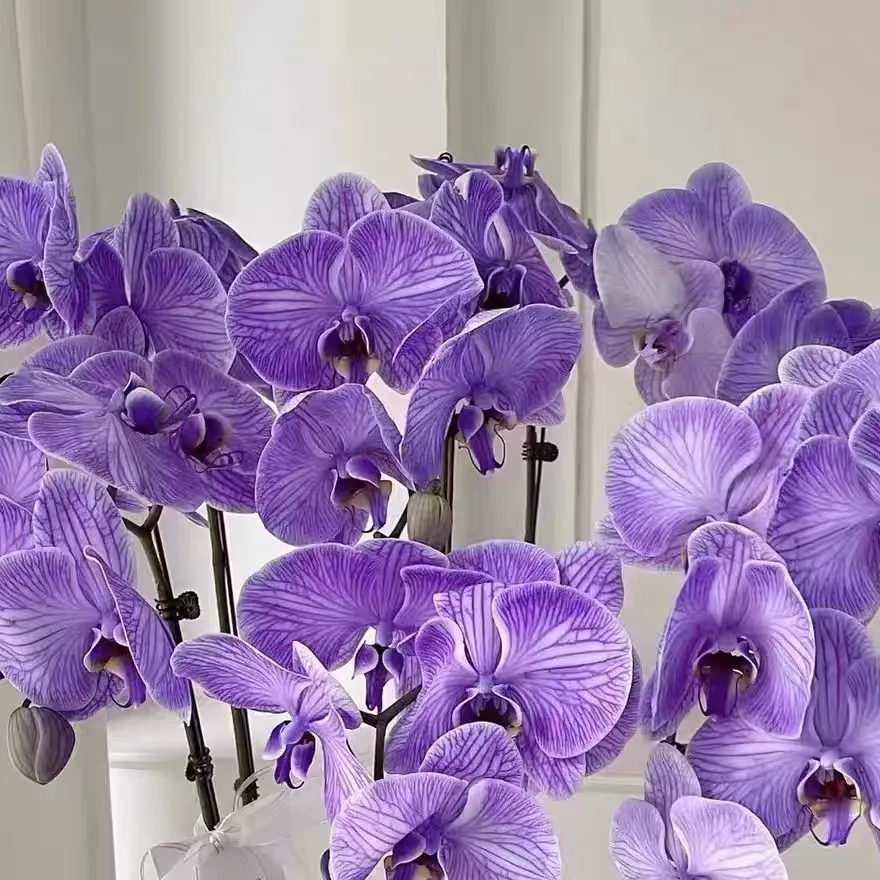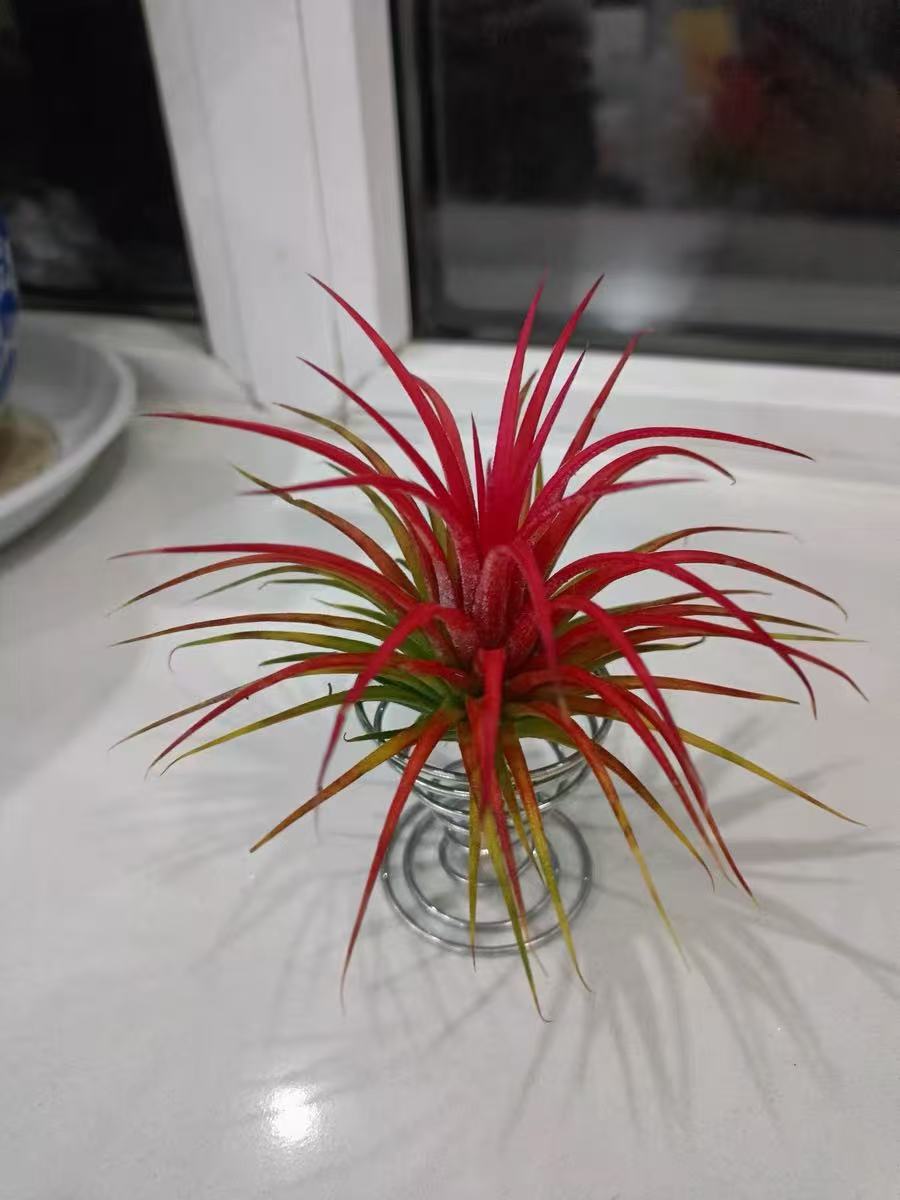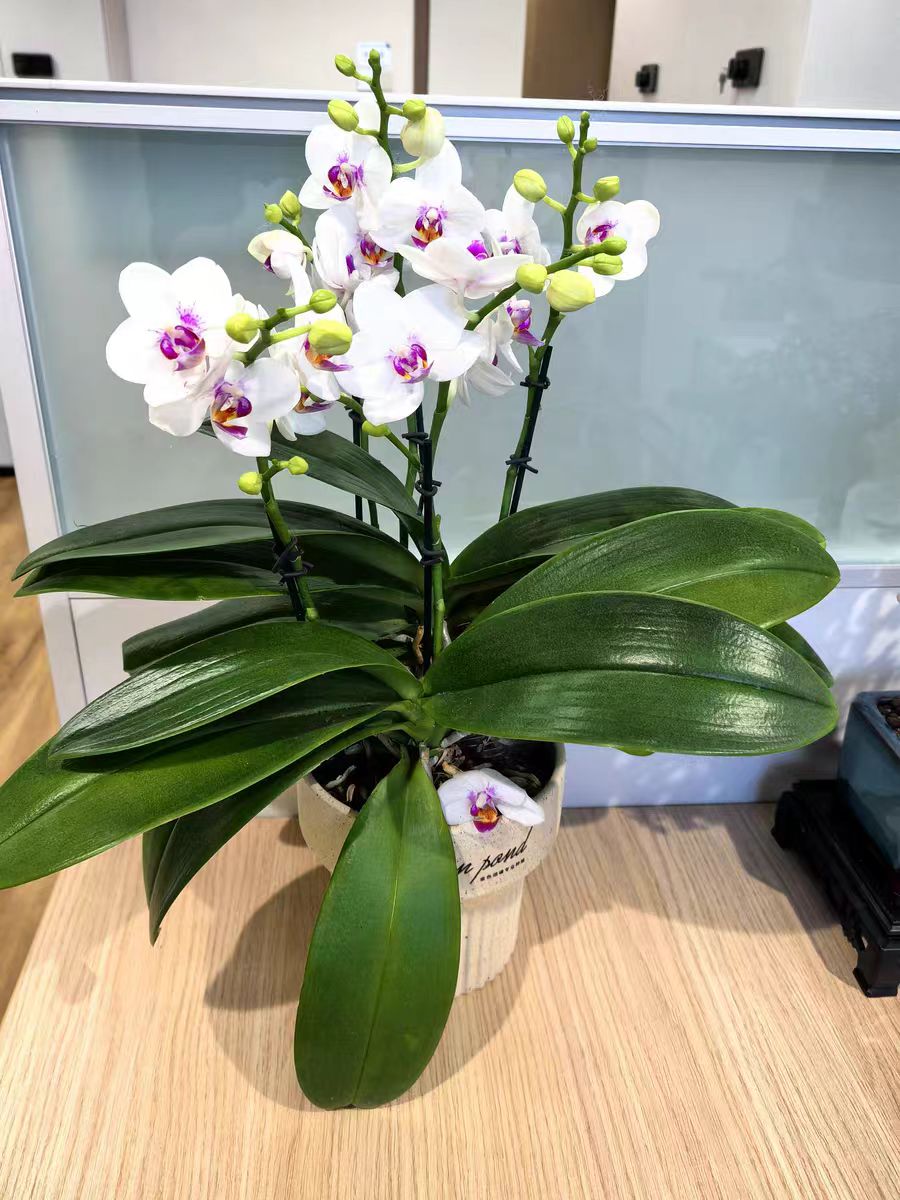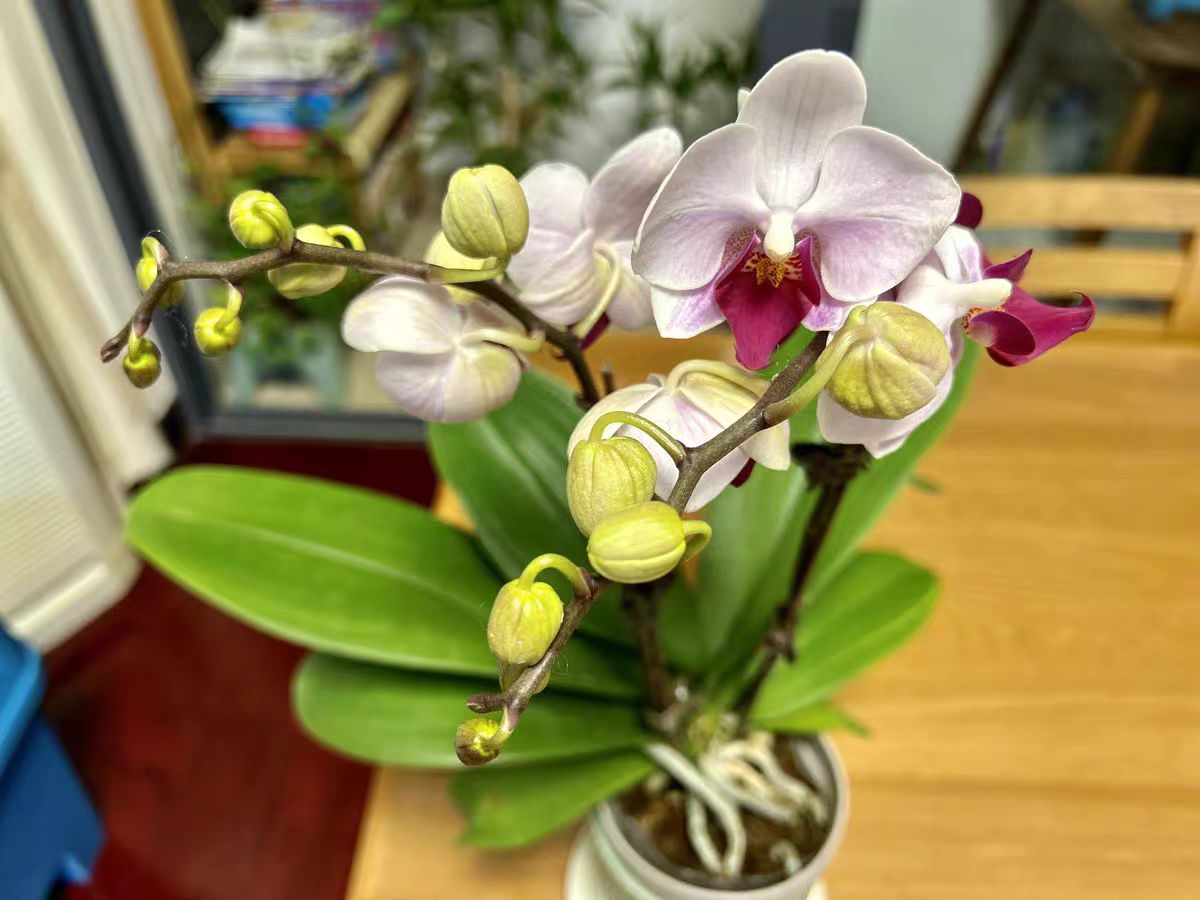Phalaenopsis, a paragon of beauty in the world of flowers, with its elegant postures and gorgeous colors, has become a favorite among many flower enthusiasts. However, during the process of caring for it, problems with pests and diseases often cause great distress. Next, let's talk about the common pests and diseases of Phalaenopsis and their corresponding solutions.
### I. Diseases
1. **Rot Disease**: This is a relatively common and highly destructive disease in Phalaenopsis. In the early stages of the disease, small water - soaked spots appear on the leaves. Subsequently, these spots spread rapidly, causing the diseased areas to rot and emit an unpleasant odor. This disease is mainly caused by bacteria and is likely to thrive in an environment with high temperature, high humidity, and poor ventilation. Once this disease is detected, the diseased plant should be isolated immediately. Use disinfected tools to cut off the diseased parts, and then apply bactericidal drugs such as agricultural antibiotics. In daily maintenance, pay attention to controlling the humidity of the environment and enhancing ventilation.
2. **Anthracnose Leaf Spot Disease**: This disease mostly occurs on the leaves. In the initial stage, small brown spots appear, which then gradually expand into circular or oval - shaped lesions. The edges of the lesions are dark brown, and the center is gray - white. In the later stage, small black dots appear on the lesions. The bacteria overwinter on diseased residues and are spread through wind, rain, insects, and other means. To prevent and control this disease, diseased leaves should be removed in a timely manner. At the early stage of the disease, spray fungicides such as Mancozeb and Chlorothalonil. Spray once every 7 - 10 days for 2 - 3 consecutive times.
### II. Pests
1. **Aphid Infestation**: Aphids are tiny and often gather on the young leaves and flower buds of Phalaenopsis, living by sucking the sap of the plant. The parts infested by aphids will show signs of shrinkage and curling. In severe cases, it will affect the growth and flowering of the plant. When aphids reproduce in large numbers, they secrete honeydew, which can lead to sooty mold. After discovering aphids, they can be wiped off with a damp cloth or a brush, or insecticides such as Pymetrozine and Thiamethoxam can be used for spray control.
2. **Red Spider Mite Infestation**: Red spider mites are extremely small and often hide on the back of the leaves. They use their piercing - sucking mouthparts to suck the leaf sap, resulting in the appearance of small yellow - white spots on the leaves. In severe cases, the entire leaf will turn yellow and fall off. A hot and dry environment is conducive to the reproduction of red spider mites. To prevent and control red spider mites, increase the air humidity and regularly spray water on the plant. When the pest infestation occurs, acaricides such as Abamectin and Clofentezine can be selected for spraying, with a focus on spraying the back of the leaves.
3. **Scale Insect Infestation**: Scale insects attach themselves to the stems and leaves of Phalaenopsis, forming small white or brown lumps, which hinder the normal growth of the plant and can also induce sooty mold. Scale insects have a strong reproductive capacity, and their outer shells are protected by a waxy layer, making them difficult to control. When a small number of scale insects occur, they can be scraped off with a toothpick or a soft cloth. When a large number occur, pesticides such as Chlorpyrifos and Spirotetramat need to be used for control. Spray once every 7 - 10 days for 2 - 3 consecutive times.
In conclusion, preventive measures and careful daily maintenance are of great importance. Keep the cultivation environment clean, regularly disinfect flower pots and tools, fertilize and water reasonably to enhance the plant's disease - resistance. Once pests and diseases are detected, take timely measures and apply targeted treatments to ensure the healthy growth of Phalaenopsis and its magnificent blooming.
What pests and diseases do Phalaenopsis have?

Share with
Tagged in :




Leave a Reply